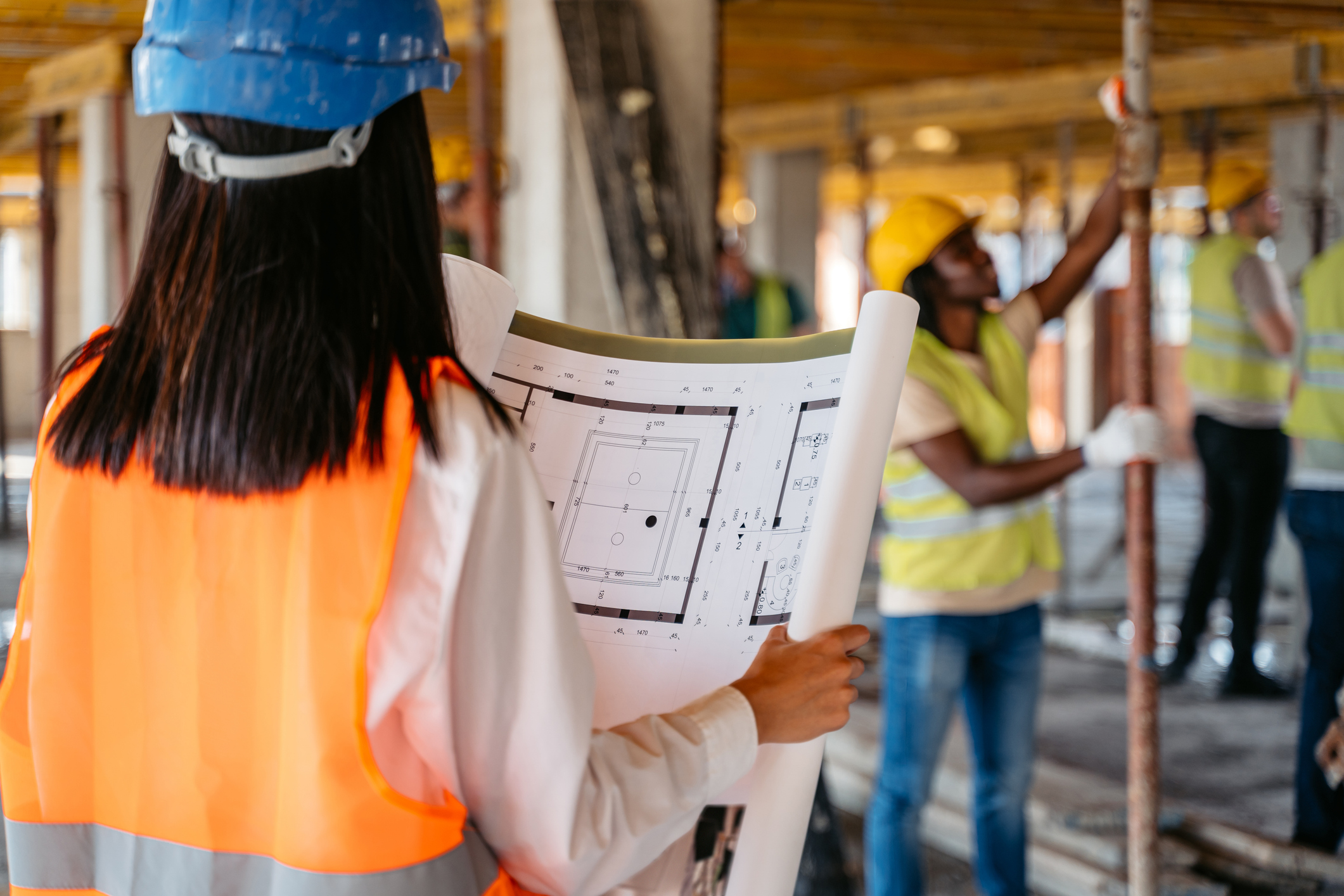What Is Chicago’s Landmarks Ordinance?
Chicago’s status as a historic city with a rich history in the U.S. is preserved in multiple ways, including historic buildings that represent all facets of Chicago’s past (and present). In 1957, people who wanted to preserve that history through its architecture formed the Commission on Chicago Historical and Architectural Landmarks and worked to develop a list of properties considered historically significant. The commission is comprised of nine people appointed by the mayor and the city council.
A few years later, the Chicago City Council gave the commission the ability to review building permits to determine if historically significant buildings were at risk. More alterations over the years include the City Council’s right to review any demolitions approved by the commission. Penalties and other legal remedies for violations of the ordinance were added in 2020.
Today, there are more than 450 designated landmarks comprised of individuals, districts, and district extensions. It’s crucial to understand that the intention of landmark designations isn’t to encapsulate properties precisely as they are infinitely. The long-term goal is to ensure that future changes (including additions or renovations) are managed so that the factors that made the property a landmark are maintained and potentially strengthened.
What Factors Does the Commission Use When Deciding if a Property is a Landmark?
There are several factors the commission uses when deciding if something has earned the landmark designation. To be eligible, they must find that the property in question meets at least two or more of the following.
- City, state, or national heritage. The property exemplifies Chicago’s architecture, history, economy, culture, and other aspects of its heritage.
- Person. The property is identified as belonging to a person who was a significant contributor to Chicago’s heritage.
- Historic event. A major historical event took place at the site or involved any existing improvements.
- Architecture. The site has an architectural style that is recognizable for its rarity, innovation, or quality. This style may involve design, craftsmanship, or materials.
- Architect. The property was the work produced by a noted architect, builder, designer, or engineer and is considered significant in the history and development of the city, state, or U.S.
- Visual feature. The property is either in a unique location or has a distinctive physical appearance that represents an established feature of a neighborhood or of Chicago.
- Theme of a district. The property represents cultural, historical, architectural, or other notable themes and expresses the theme of those aspects in specific areas, including buildings or artworks.
If you’re unsure about your property’s status, need help clarifying it, or want to learn what rights you have for property development in that building or area, it’s highly advisable to contact an experienced real estate attorney.
What Restrictions Does the Landmarks Ordinance Impose on Building Owners Who Want to Develop Their Property?
When changes are considered minor, such as repainting or performing small repairs, the owner has the latitude to do them without seeking permission. However, work that could be considered changing the significant historical and architectural features of the landmark in question must undergo a building permit process. This is the same process used for non-landmark building projects, except that the permit requested will be reviewed by the Commission on Chicago Landmarks. The commission has the right to accept or deny a permit application. The commission only requires permits that would be required for non-landmark properties.
The areas of most significant concern for designated landmarks are usually any part of the exterior that people can see from the nearest right of way. For a building that sits on a corner, it would be the exterior sides facing the adjacent sidewalks or roads. Otherwise, the front of the building is usually the protected part and is subject to restrictions involving actions such as replacing old windows or siding. Building additions also come under scrutiny.
If a developer wants to demolish a building or structures near it, the likelihood is that they won’t be allowed to unless they can prove that not doing so would cause significant hardship.
Does the Landmarks Ordinance Require Owners to Take Specific Actions Regarding the Property?
The commission doesn’t require owners of landmark buildings to renovate them to bring them back to their original condition. If the owner wants to undertake that project, they’ll need to apply for a building permit, which will be reviewed by the commission. But the owner isn’t required to do those types of renovations.
Often, people think they’re required to carry additional or specialty insurance on these buildings, but that’s not the case.
Does the Building’s Owner Have Any Say in Whether the Building Is Designated as a Landmark?
The commission tries to work with building owners during the designation consideration process, but in the end, it has the final say. That means it may designate a building as a landmark without the owner’s approval.
What Should I Do if I Want to Develop Property in Chicago and Am Worried about the Landmarks Ordinance?
Call Nery Richardson & Konewko as soon as possible at 773-232-6643 to schedule a consultation. This is a highly complex area of law and an area that requires considerable caution before proceeding. I can review the specifics of your proposed development to determine if there are potential pitfalls. The nuances of real estate law are significant, and I can help you understand what you likely could or couldn’t do.






